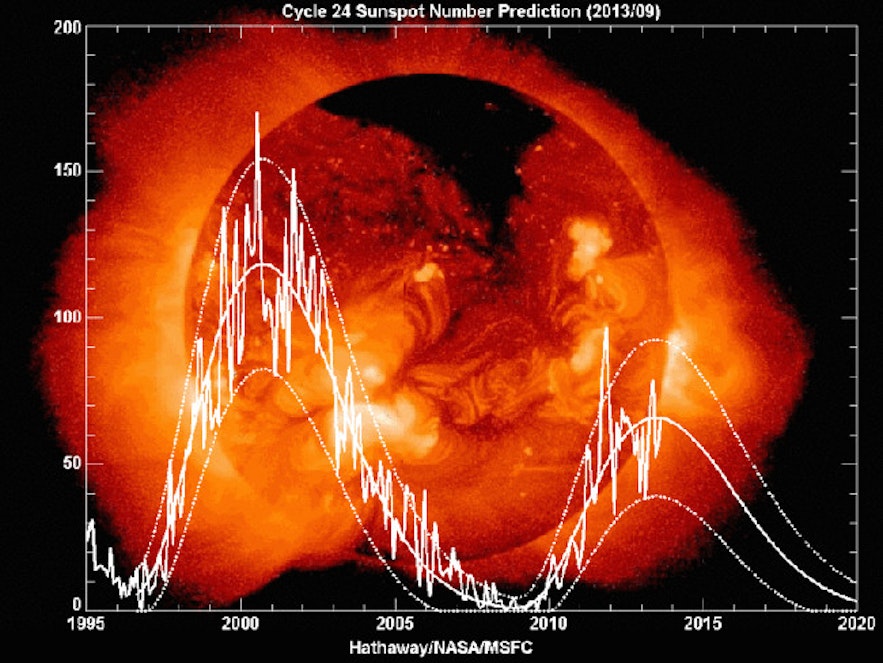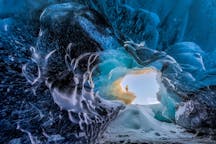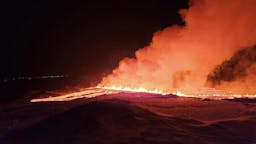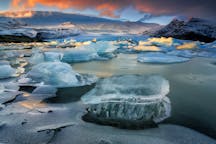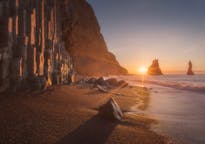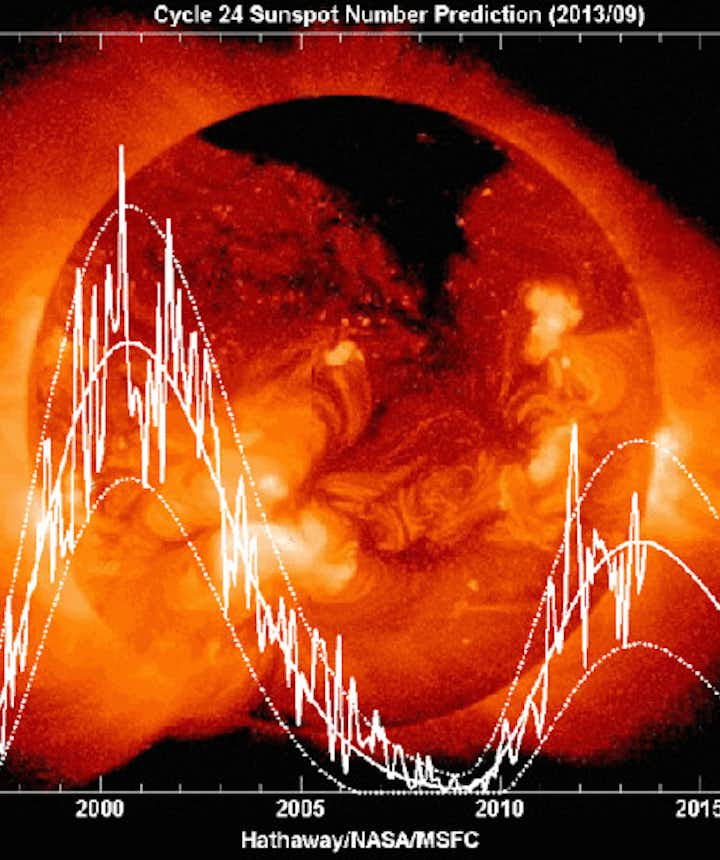
Northern lights tip 1: When to see the Aurora
Hello again everyone ! I hope you are all ears because I was thinking about starting right away with the serious business: How to hunt the Northern Lights.
All over the internet, you will see countless blog-post, forum threads and other ads flooding you with info that is often patchy, and sometimes even crudely oversimplifying. This is what we will try to avoid in here by giving you thorough (yet understandable) guidelines to your quest. Ready all? let´s start then by our first concern: When will we be able to spot them ?
Anytime it´s dark. Or, more precisely, as long as there is darkness. It´s a common misconception that Auroras can only be seen throughout certain period of the year or the winter, and if it is indeed wise to focus on winter (because you know, Midnight Sun and stuff don´t make it easy to spot the Lights), virtually anytime during this period is good.
Technically, if you´re lucky, you could see the Lights as early as mid-August and as late as mid-April, but due to the Polar regions bright summers it is probably wiser to focus on the period September to March in order to increase your chances. Northern Lights happening this earlier or later in the season also tend to be much harder to see (but not necessarily weaker) than those spotted in pitch-black night.
During this period, you will still have to avoid the light that´s still left and wait until late at night to be able to spot the Aurora. The period of the evening with the most solar activity (and consequently, the more Northern Lights) varies regarding on your geographical position. In Norway, it tends to be nine to midnight and in Iceland it´s roughly eleven to one.
In cases of very strong solar storms, Northern Lights can be spotted as early as four in the afternoon and as late as six in the morning, but it´s quite rare. It is therefore unnecessary to stay up the whole night locked in your car while suffering frostbite in the hope to spot the elusive Lights.
The Solar activity, which triggers the Northern Lights can also be assessed by years. Basically, the sun´s activity varies over time, and take the shape of a bow: every eleven years, the sun reaches the so-called "Solar Maximum" and Northern Lights become much more frequent as a result. Five years after, the sun hits the "Solar Minimum" and the occurrence of Lights diminishes.
Solar cycle observation and prediction. Image courtesy of the N.A.S.A.
The last "Solar Maximum" actually happened last year, which means that there´s still much activity in the skies right now. This year, as far as prediction goes, should be at least as good as the previous one and it should, from there on, start going downhill. Again, these are mere predictions so it´s impossible to be sure but in any cases, you´re probably better off trying this year than in let´s say, 2020.
Okay, let´s wrap it up for today. Tomorrow we will be focusing on another crucial point: Where to see the lights (hint: probably not from where you live, sorry...)
其他有意思的博客
冰岛最浪漫的角落
对于很多人,遥远的冰岛有着世界尽头的神秘,有着区别于巴黎、马尔代夫、自成一体的浪漫。没有埃菲尔铁塔和蒂凡尼,没有热带沙滩,而是在冰川、火山、苔藓地的背景下蜜月旅拍、婚拍,甚至举办一场冰岛婚礼。来冰岛旅行,多是要跨千山万水、飞跃大洋大陆,很有一点“万水千山陪你走过”的史诗感。难怪很多人说,光是冰岛二字,就足够浪漫了。 冰岛虽然不大,但是地貌极其丰富,不同的自然景观自然有不同的气质。这一篇,就挑阅读详情从极光观测到摄影-到底该不该来冰岛看极光
很多朋友都想来冰岛看极光,但是冰岛到底适不适合看极光呢?几月、什么季节能看到极光?是不是一定要参加北极光旅行团?如何能拍摄出美丽的极光照片呢?在冰岛住了好几年了,从刚开始逢极光必出门,到如今家里阳台就能看极光,我对在冰岛看极光的了解和经验,也算得上大半个专家了,且听我娓娓道来吧。 到底该不该来冰岛看极光呢?最坦诚的答案是,不要只为了看极光而看极光。 极光原理 太阳活动→太阅读详情
迷失冰岛的米湖游览推荐|不只有温泉的地热宝藏区
我在冬夏秋均到访过米湖,看过米湖的不同面。一直以来,米湖到底值不值得去是很多游客争论的问题。有些人觉得这里是来冰岛旅行的必去目的地,有些人则说米湖“太丑了”,连照片都不想多拍几张。那米湖到底值不值得来呢?到底怎么玩呢? 米湖的风景 北部的米湖,因地理位置相距首都雷克雅未克略远,很多来冰岛的短途游客选择放弃,其实米湖应该是和黄金圈、南岸沿线至冰湖齐名的冰岛景色,这里冷热相融,可谓最冰岛,尤其阅读详情

将冰岛最大的旅行平台下载到您的手机上,在一个App中管理您的整个行程
使用手机摄像头扫描此二维码,点击链接,即可将冰岛最大的旅行平台添加到您的手机中。添加您的电话号码或电子邮件地址以接收包含下载链接的短信或电子邮件。


